ABOUT THE AUTHOR
Edward McClelland is the author of Nothin But Blue Skies: The Heyday, Hard Times, and Hopes of Americas Industrial Heartland and The Third Coast: Sailors, Strippers, Fishermen, Folksingers, Long-Haired Ojibway Painters, and God-Save-the-Queen Monarchists of the Great Lakes . His writing has also appeared in the New York Times , Los Angeles Times , Columbia Journalism Review , Salon , Slate , and the Nation .
HOW TO SPEAK
MIDWESTERN
Edward McClelland
Copyright 2016 Edward McClelland
All rights reserved. This book or any portion thereof may not be reproduced or used in any manner whatsoever without the express written permission of the publisher except for the use of brief quotations in a book review.
First edition 2016
ISBN: 978-0-9977742-7-6

Belt Publishing
1667 E. 40th Street #1G1
Cleveland, Ohio 44120
www.beltmag.com
Book design by Meredith Pangrace
Cover by David Wilson
To my favorite Mitches, Kolhoff and Gerber:
one will never leave the Midwest, and one will never stop wishing he could move back.
 INTRODUCTION
INTRODUCTION
I f irst found out I had an accent when I was a sophomore at the University of Michigan. I was taking a class in linguistics, and I asked a student from New Jersey whether shed noticed anything distinctive about the way I and other Michiganders talk.
You say cayen for can, she told me without delay.
When I brought this up in class, the professor drew an on the blackboard to symbolize the phonetic phenomenon known as a raising. As I later learned, this is a feature of the Northern Cities Vowel Shift, which also causes speakers in the Great Lakes region to call a box a bahhx and pronounce the number seven as suvunpronunciations that distinguish our voices from the rest of the English-speaking world.
Accents are an important element of regional identity. And an important element of Midwestern identity is believing you dont have an accentthat you speak a neutral brand of standardized English from which all other Americans deviate. When linguist Matthew Gordon was researching his doctoral thesis on the Northern Cities Vowel Shift at the University of Michigan, his subjects were perplexed by his interest in their accents, because, of course, theres absolutely nothing exotic about Midwestern speech.
Its part of the reputation the Midwest has of being the standard, Gordon says. I think that that ideologythis is standard English, this is the English that broadcasters usekind of leads people to not hear how different their speech is until they travel outside the area. At the University of Michigan, when you talk to students in linguistics class, one of the questions they ask you is Why dont we have an accent?
E v ery part of the United States has its own accent. The Midwestdefined, for the purposes of this book, as west of Exit 41 on the New York State Thruway, east of the Missouri River, and north of the Ohio Riverhas three distinct dialect regions, each formed by nineteenth-century migratory patterns. The Inland Norththe lower Great Lakes from Buffalo to Milwaukeewas settled by Yankees from western New England who imported their flat, nasal speech to the Midwest. The Midland, which stretches from western Pennsylvania in a belt across Ohio, Indiana, Illinois, and Iowa, coincides with the westward route of Scots-Irish who arrived in this country through Philadelphia and Baltimore, bringing with them such still-in-use terms as jag for thorn and run for creek. The North Central encompasses Upper Michigan, Wisconsin, and Minnesota, destinations for Germans and Scandinavians who transposed pronunciations and grammatical features from their native languages onto English. If youve ever heard an Iron Ranger from Minnesota say Lets go Dulut, youve heard the lack of prepositions or a th sound that mark Finnish at work in English.
With so much linguistic diversity in our own region, why do Midwesterners believe we speak an unaccented English? The answer goes back to the early twentieth century, and the dawn of broadcasting. At the time, Midwestern speech was not the default, or even the most prestigious, way of speaking American English. The Transatlantic Accent associated with upper-class northeasterners such as President Franklin D. Roosevelt, actress Katharine Hepburn, and, later, author George Plimpton, was a British-influenced manner of speaking popular with politicians and film stars. It was considered so sophisticated that even Ohio-bred president William McKinley used it in his public speeches, telling his fellow citizens that recent events have imposed upon the patriotic people of this country a responsibility and duty greatah than that of any since the Civil Waugh. But Transatlantic English was artificial, affected, and associated with a social class that would lose credibility during the Great Depression.
In the 1920s, the industrial Midwest wielded far more political, cultural, and economic influence that it does today. Between Ulysses S. Grant and Warren G. Harding, seven of the nine presidents who entered the White House by election were from Ohio. Cleveland billed itself as the best location in the nation, because it was situated within 500 miles of half the North American populationa claim no longer true, now that so many Midwesterners have moved to the Sun Belt. The steel mills and auto plants drew millions of Southern and Eastern European immigrants who adopted Inland North as their dialect model. Perhaps most importantly, the nations leading pronunciation expert was John S. Kenyon, a philologist at Ohios Hiram College, which is just east of Cleveland. Kenyon was the author of two books, American Pronunciation (1924) and A Pronouncing Dictionary of American English (1944), and was pronunciation editor of Websters New International Dictionary of the English Language . In these roles, Kenyon championed rhoticity, the pronunciation of r s wherever they appear in words: he preferred war to the Transatlantic waugh. Kenyon also favored pronouncing not like naht, instead of nawt. These were both features of the Inland North speech he heard in northeastern Ohio.
Kenyons pronunciation standards influenced James F. Bender, author of the NBC Handbook of Pronunciation . The most oft-heard newscasters of the World War II eraLowell Thomas, H.V. Kaltenborn, and Edward R. Murrowpronounced all their r s, as Kenyon would have advised.
After World War II, non-rhoticitythe dropping of r sfell completely out of favor with Middle America. Katharine Hepburn asked her leading men, Ahh you coming, deah? but Doris Day, a native of Cincinnati, asked, Are you coming, dear? An increasingly middle-class society had no use for posh upper-class accents.
At the same time, in a further blow to non-rhoticity, lower-class New Yorkers became stigmatized in popular culture as clownish wiseacresBugs Bunny, the Bowery Boysor thuggish gangsters. And Southerners, of course, were uneducated bigots whose r -less drawls were associated with racist sheriffs and senators. Some of the late twentieth centurys most popular broadcasters were from parts of the country where r -dropping is essential to the local accentMike Wallace from Massachusetts, David Brinkley from North Carolina, Dan Rather from Texasbut they all adopted the rhotic pronunciation recommended by Kenyon. When newsman Bob Schieffer interviewed at CBS, he told his prospective boss he had worked for a TV station in Texas. We have no interest in anybody with a regional accent, the man said. By regional, he meant Southern. Schieffer got the job and lost his accent.
Next page
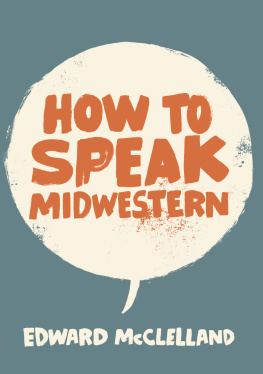
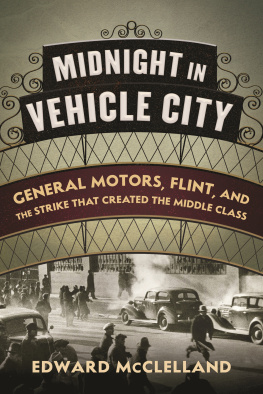

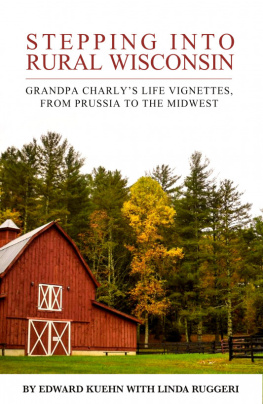


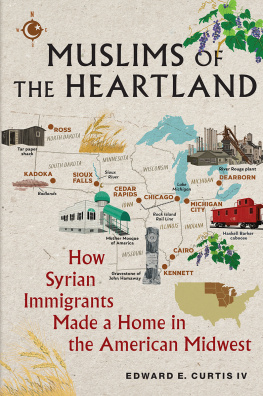
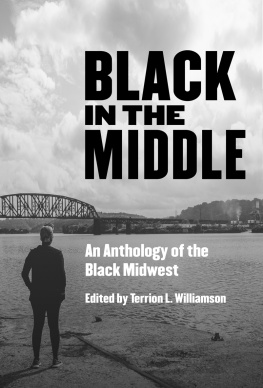
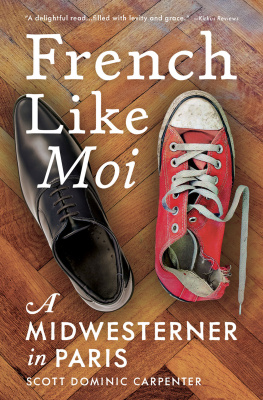
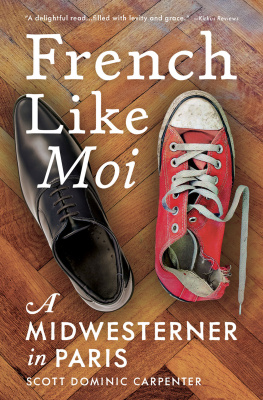
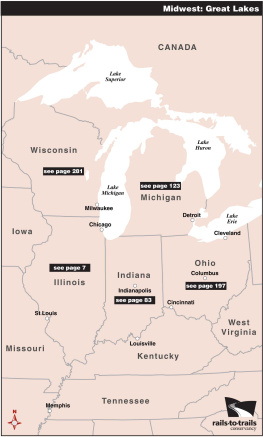
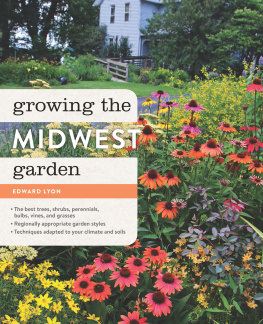
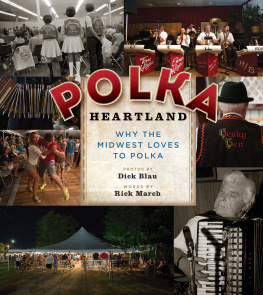


 INTRODUCTION
INTRODUCTION